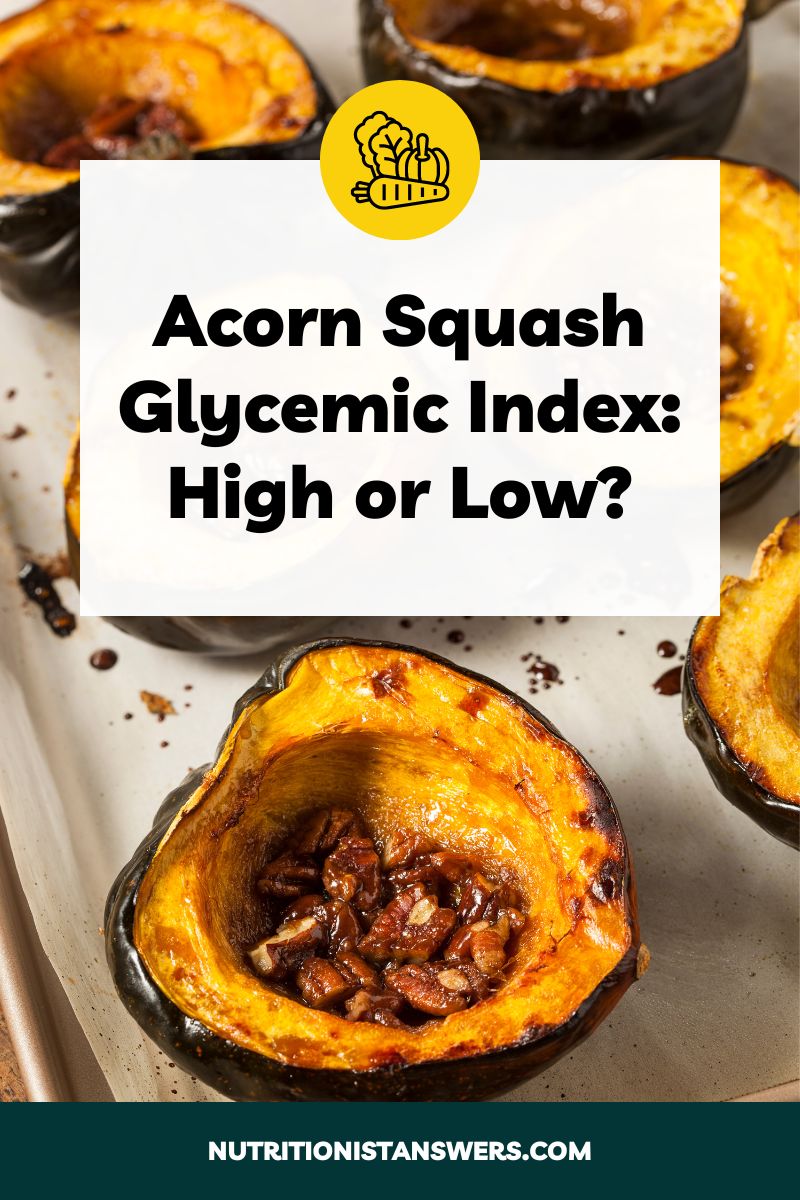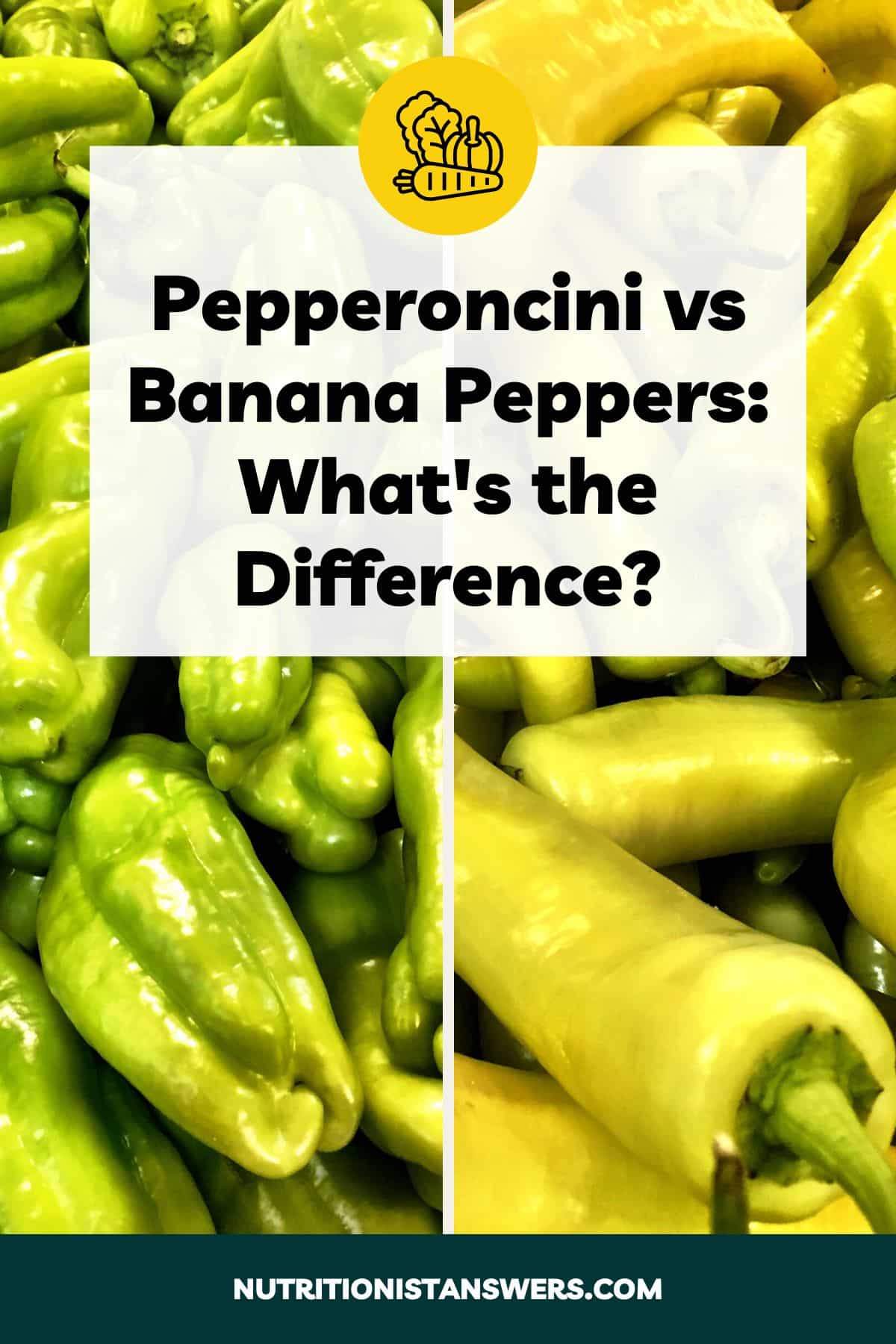Acorn squash is a popular variety of winter squash known for its fall flavors and acorn-like shape.
Like other starchy vegetables, acorn squash is moderately high in carbohydrates, so you might be wondering how it affects blood sugar.
In this article, we’ll discuss how acorn squash impacts blood sugar levels, as well as its glycemic index and glycemic load.
What is the glycemic index?
The glycemic index (GI) is a ranking system that measures how quickly and how high a carbohydrate-containing food causes blood sugar levels to rise (1).
To determine the GI of a food, researchers give volunteers a portion of that food that provides 50 grams of carbohydrates (excluding fiber) and monitor their blood sugar levels for several hours (2).
Their results are compared to blood sugar levels when those same volunteers consume 50 grams of pure glucose, which has a GI of 100.
Each food is then ranked on a scale from 0 to 100 and categorized as either low, medium, or high-GI:
- Low-GI: 55 or less
- Medium-GI: 56-69
- High-GI: 70-100
Foods with a low GI cause a gradual rise in blood sugar, while high-GI foods increase blood sugar levels very rapidly.
What is the glycemic index of acorn squash?
Unfortunately, we couldn’t find any research specifically on acorn squash’s glycemic index (GI).
However, butternut squash — a similar vegetable — has a GI of 51, which is considered low (3).
Acorn squash likely also has a low GI, because it is a great source of complex carbohydrates (4).
Complex carbohydrates are made up of sugar molecules strung together in long, complex chains — they take longer to digest and result in a more gradual increase in blood sugar (1).
Still, more research is needed before we can say for sure whether acorn squash has a high or low GI.
What is the glycemic load of acorn squash?
Because we don’t know the glycemic index of acorn squash, we aren’t able to determine its glycemic load (GL).
Glycemic load is calculated by multiplying a food’s glycemic index by the number of carbohydrates (excluding fiber) in one serving of the food, then dividing that number by 100 (5).
Unlike the glycemic index, glycemic load takes into account the typical portion of food consumed (rather than whatever portion contains 50 grams of carbohydrates.)
Because of this, the GL is considered to be a more accurate representation of the blood sugar response to a food (6).
However, since the glycemic index of acorn squash is likely low, the glycemic load is probably low as well.
Is acorn squash good for blood sugar?
Regardless of its glycemic index, acorn squash is high in fiber and other nutrients that can help maintain steady blood sugar levels.
A 1-cup (205-gram) serving of cooked acorn squash provides 30 grams of carbohydrates, 9 of which are fiber (4).
Fiber helps slow the digestion and absorption of carbohydrates into the bloodstream and is linked with a lower risk of type 2 diabetes (7, 8).
Furthermore, acorn squash is high in magnesium and vitamin B6, two nutrients that help regulate the secretion of insulin (9, 10). This important hormone allows sugar in the blood to move into cells where it can be used for energy (11).
For optimal blood sugar levels, remember to pair acorn squash with a protein source, like roasted chicken, marinated pork chops, or spiced beans and quinoa (12).
Final thoughts
Although we couldn’t find any research specifically on acorn squash’s glycemic index, we do know that a similar vegetable — butternut squash — has a low GI.
We also know that acorn squash is a great source of fiber, magnesium, and vitamin B6 — all of which can help maintain steady blood sugar levels.
Whether its glycemic index is high or low, acorn squash can help support healthy blood sugar levels when enjoyed as part of a balanced meal with protein and fat.
Amy Richter is a Registered Dietitian Nutritionist based in Missouri. She is an experienced nutrition writer and medical advisor for Healthline and Medical News Today. Amy is passionate about all things food-related and enjoys translating complex science into easy-to-understand articles.





